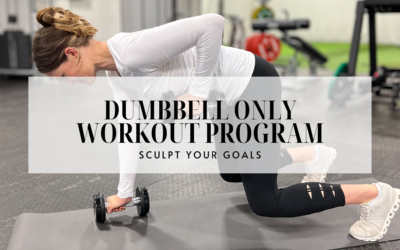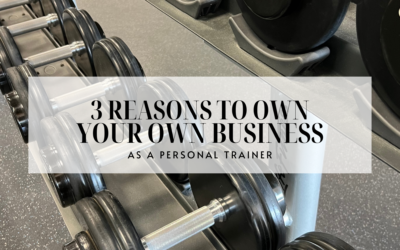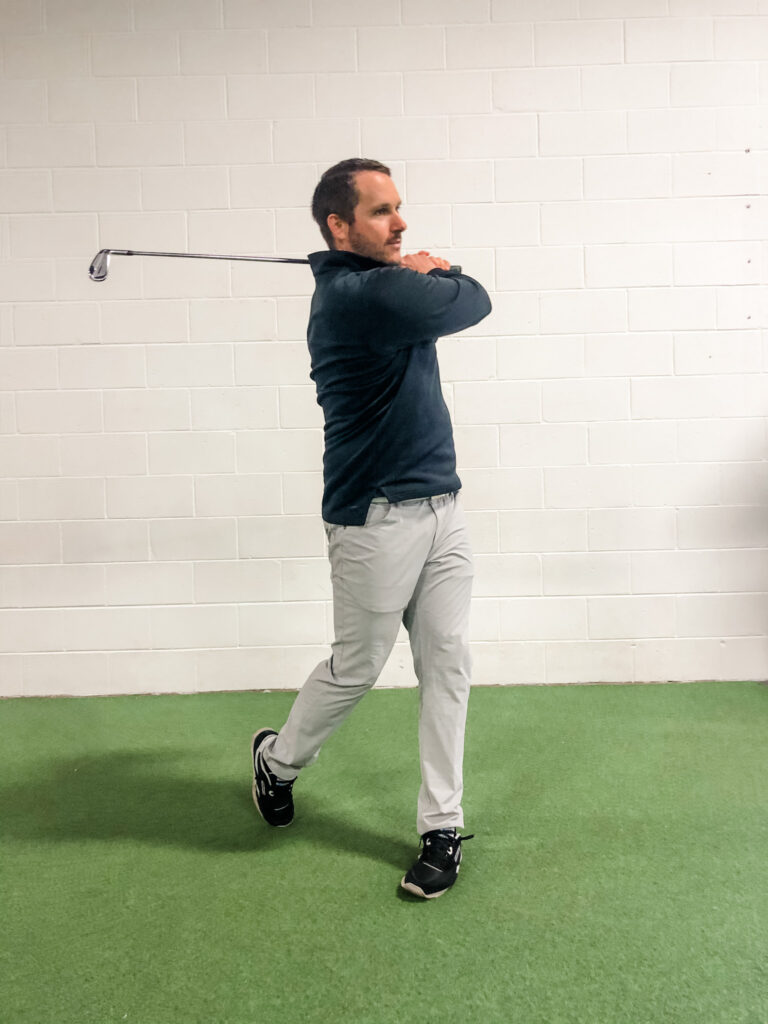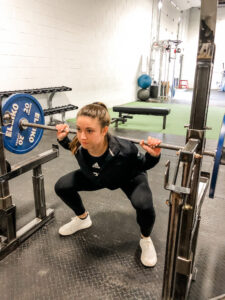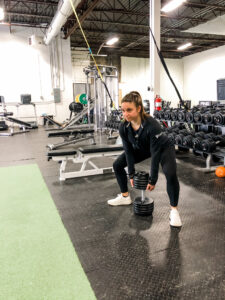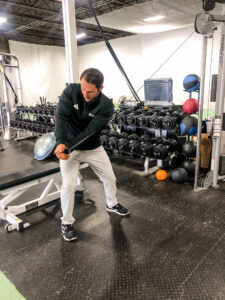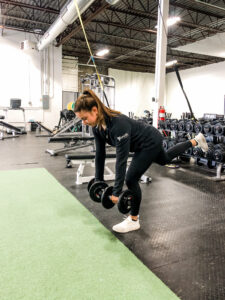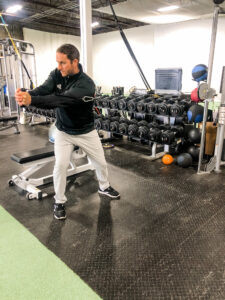Are you looking to transform your body, boost your fitness, and achieve your health goals without the need for expensive gym memberships or fancy equipment? Look no further! I have an amazing solution for you, my Bodyweight Workout Program. In today's fast-paced...
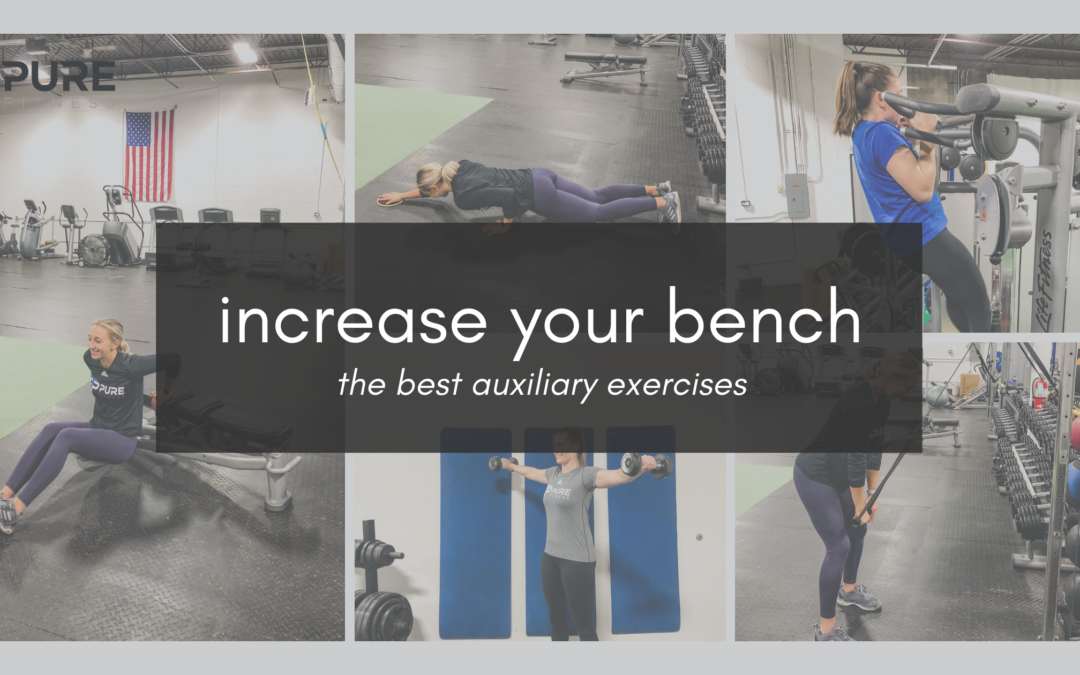
INCREASE YOUR BENCH WITH THESE EXERCISES
Who has heard or been told that if you bench, you are to get all buff and muscular? I have, tons of time. But in reality there is no research that proves bench alone is going to make you huge. The bench will actually increase stability and strength in your shoulders and tone your muscles.
Okay, so now that we have addressed that rumors, are you interested in starting to bench, increase your bench press numbers, or learn about bench form? Let’s take a look at what muscles are involved in benching and what to remember during the lift.
First, not all benches are created equal. I guess we could say that about all lifts. And what I mean is that for a lift like the bench limb length has a big impact on how “easy” it may be for you. Shorter arms = less range of motion. Less range of motion = less work. That’s why you don’t see a lot of tall powerlifters. Height is actually one attribute that makes the sport harder.
And before you come at me, that is not to say that a 5’2″ girl benching 135 is not as impressive as a 6’0″ girl. They are both impressive. The 5’2″ girl likely has less body mass making her 135 crazy compared to her bodyweight.
Then there is form. Depending on your form when you bench, like wide grip or narrow grip, muscles used will vary. This is important to note when you are, or your coach is, programming your auxiliaries. Another consideration in selecting auxiliaries is where your personal deficiencies exist. Do you always fail at lockout? To me that could signify a tricep strength issue. So I would have my lifter increase their tricep auxiliaries.
To be more specific, the wider your grip on the bar goes the more lats you will use. The more narrow a bench grip gets will require more triceps. Similar to above, this is a lot to do with how wide and narrow grips change the range of motion required to perform the bench.
This article will go over the major muscles involved and exercises you can do to strengthen them. I will also talk about common dysfunctions in the bench and key points to help.
After reading this article I hope you will have a better understanding of the muscles involved in the bench press and how to use them to your advantage.
PRIMARY MUSCLES INVOLVED IN THE BENCH
Let’s review the primary muscles used in the bench. This will help you to understand why you want to train those muscles individually in addition to just in the bench pattern. But remember that depending on your set up your muscles will be used to varying degrees.
Pectorals – The pectoral muscles contract to press the weight up during the accent of the bench.
Latimuss Doris – The lats are the broadest muscles in the back. They work with the teres major to control the descent of the bench.
Triceps – The triceps extend the elbow during the lock out of the bench.
Deltoids – The deltoids work with the pectorals to contract and press the weight during the accent of the bench.
MAIN DYSFUNCTIONS SEEN DURING THE BENCH
In my experience, it is sometimes better to first talk about the dysfunctions or what not to do when learning a new movement. You are then able to recognized the dysfunction and know how to fix it if you ever notice a problem with your form.
One of the most common dysfunctions I see is the elbows often flair out instead of staying tucked during the accent. This changes the load and muscle activation and will decrease the chances of the lift being successful. Being aware of this and making sure all of your warm ups have perfect form will transfer over into the working sets.
When you are starting to bench you are going to think about pushing the bar up but really you should be thinking about pushing the bar back. This may sound weird because you want the bar to go up. But if you think about pushing the bar back towards your head while pressing up you will use more triceps and lats and in turn be able to push more weight.
In my world, your butt should not be coming up off the bench. This will result in a red light at a powerlifting meet in the USA Powerlifting Federation where I am a member. I prefer to also teach my clients this way. The legs are also important during the bench because they help “drive” the weight up by pushing into the ground. (Remember Newton’s Third Law of Motion?) So in order to have a successful bench you have to keep your core engaged and glutes tight to avoid an upward movement of the hips. Which will help keep your butt on the bench.
AUXILIARY EXERCISES THAT CAN HELP INCREASE YOUR BENCH
If you are looking to increase your bench press you are going to have to start including auxiliaries into your workout that address your weaknesses. Check out the list I have below of some of my favorite and most effective exercises categorized by muscle group. Try them out in your next workout and let us know what you think!
And remember that auxiliaries are used to stimulate a huge adaptation. If you aren’t pushing yourself on auxiliaries you are missing the whole point.
Exercises to Strengthen Your Pectorals
- Flys
- Incline bench
- Cable press
- Push ups
Exercises to strengthen your Latissimus Dorsi
- Pull downs
- Pull ups
- Palms up bent over row
- Eccentric push ups
Exercises to Strengthen your Triceps
- Push downs
- Kick backs
- Overhead tricep extensions
- Tricep dips
- Tricep pushups
Exercises to Strengthen your Deltoids
- Forward raise
- Lateral raise
- Flys
Side Note
While it isn’t listed here, core strength is integral to your bench performance. Focus your attention on building a strong core and following a consistent training schedule and your bench, and other lifts, will common along. Do the opposite and you will likely experience plateaus and injuries. Check out this article on why training your core is essential. and take a look at all of our core workout videos here.
My favorite ab focused exercises:
- Ab Wheel – work up to 5 sets of 20 before adding resistance, like a plate on your back. Make sure you have a full range of motion and proper form before adding resistance.
- Plank – any and all variations are excellent. Be sure to hold your form when you add movement. The low back can not sag or arch. Upper body mountain climbers are a great finisher, or “to failure” exercise.
- Decline Bench Sit-Ups – there are many variations you can use to target unilaterally, rotation or upper body. A good goal to start with is 20 full sit-ups for 5 sets.
Auxiliary Bench Workout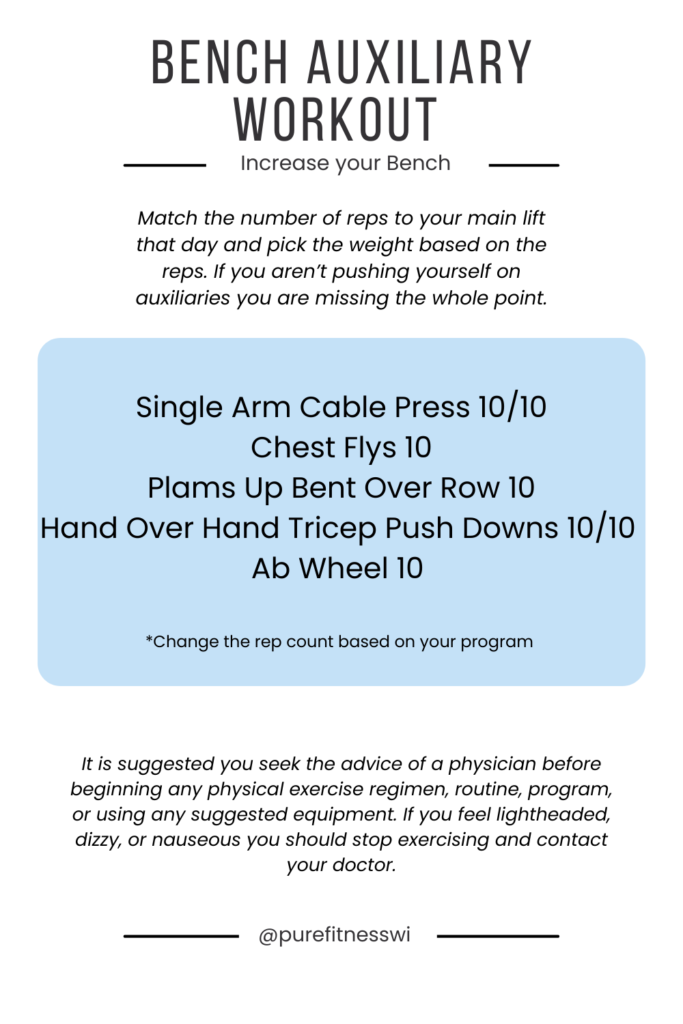
Key Points to Increase Your Bench
Scapular retraction is key! A strong set up with well placed shoulders will put you in the position to have optimal scapular retraction. And the use of your posterior shoulder muscles and back (those performing scapular retraction) will make or break your lift.
Core should be engaged but back should be arched. This is specific to a powerlifting bench. The arched back puts the shoulders into a better position. The extended spine locks the shoulders into a position where the range of motion is decreased and safest for the shoulders. The core must be engaged to offset the arch in the back and protect from over arching.
Use your legs. Keeping your feet stable and flexing your glutes and hamstrings during the bench will help with full body tension. This will allow your body to successfully control more weight.
Other Main Lifts
Because of my powerlifting background I associated bench and the other two main lifts of powerlifting. Which are squat and deadlift. They each contain their own unique muscular demands, but the philosophy behind training is no different. I have put together an article just like this one on the squat and the deadlift. Follow the links below to get specific information you can start applying to your workouts today.

Unlock Your Full Potential: The Bodyweight Workout Program
Sculpt Your Goals: Dumbbell Only Workout Program
Are you ready to start a new workout program that focuses on building strength in a simple and effective manner? Then you are in the right place! My Dumbbell Only Workout Program is your answer to achieving your fitness goals. Let's explore why my program is the...
3 Reasons to Own Your Own Training Business
Owning your own training business can be an exciting and yet overwhelming thought. But ask yourself... Are you committed to the long term? Does passion and knowledge fuel your desire to work with clients everyday? Are you looking for more career advancement...







